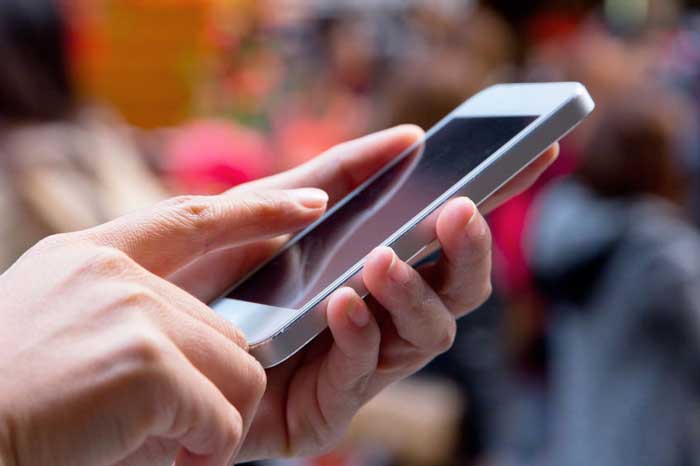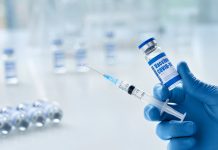Primary care medicine got a lot faster last month when AutoDoc Technologies rolled out its newest diagnostic/EMR system, expected to allow physicians to see as many as 2 patients a minute during the clinic day.
 The new technology, called InstaDoc, uses recent advances in data capture to allow medical practices to collect demographic information, vital signs, and positive and negative physical exam signs instantaneously in the waiting room, before patients are ever moved back to offic exam rooms.
The new technology, called InstaDoc, uses recent advances in data capture to allow medical practices to collect demographic information, vital signs, and positive and negative physical exam signs instantaneously in the waiting room, before patients are ever moved back to offic exam rooms.
So far, the technologies have been widely accepted by patients.
An InstaDoc patient encounter may be initiated as soon as a patient arrives in a participating medical facility. Patients are asked to stand still for a quick scan by triage personnel. The scan, which is similar to, but less invasive than, scans performed by TSA prior to air travel, are painless, confidential, and HIPAA-compliant.
The data is then uploaded using a proprietary app onto a handheld smartphone, and then integrated seamlessly and confidentially into the InstaDoc EMR software, where a preliminary visit template is applied.
“The scanning app is so easy to use,” says Robin Susa, a recent high-school graduate who is now head of diagnostics for InstaDoc. “It’s just like using one of those QRS codes. The hardest part is getting large patients to fit in the box. But I figured out, if you tell the patient to step backwards a few times, it works better.”
Once in the EMR, patients’ data are automatically integrated with recent test results, problem lists, pharmacy, shopping, and law enforcement records, as well as stored family and social histories. This allows a final diagnosis and treatment plan to be implemented, all without the need to interact with any trained medical professionals.
“In this most recent update, we can predict exposure to infectious diseases by integrating the patient’s symptom profiles with the health records of their social media contacts,” says Dr. Nick Zeez, Chief Medical Officer of InstaDoc. “And the hope is, we will soon be able to predict exposure to sick non-acquaintances as well. By using the GPS tracking systems in patients’ smartphones, we should be able to flawlessly identify which pathogens were circulating in an individual’s airspace, taking into consideration relevant incubation periods and any baseline immunity that an individual has demonstrated previously.”
The InstaDoc EMR is capable of assessing medication preferences and e-prescribing an appropriate therapy directly to the pharmacy of a patient’s choosing, Dr. Zeez explained. And if a patient dislikes a particular medication? “InstaDoc can automatically provide patients with a multiple-choice list,” he says.
“Really, the only obligation of the physician is to click through a series of screens and accept liability for the visit,” says Dr. Zeez. “There is essentially no need for them to ever stand up and greet, or even lay eyes on, any individual patient.”







